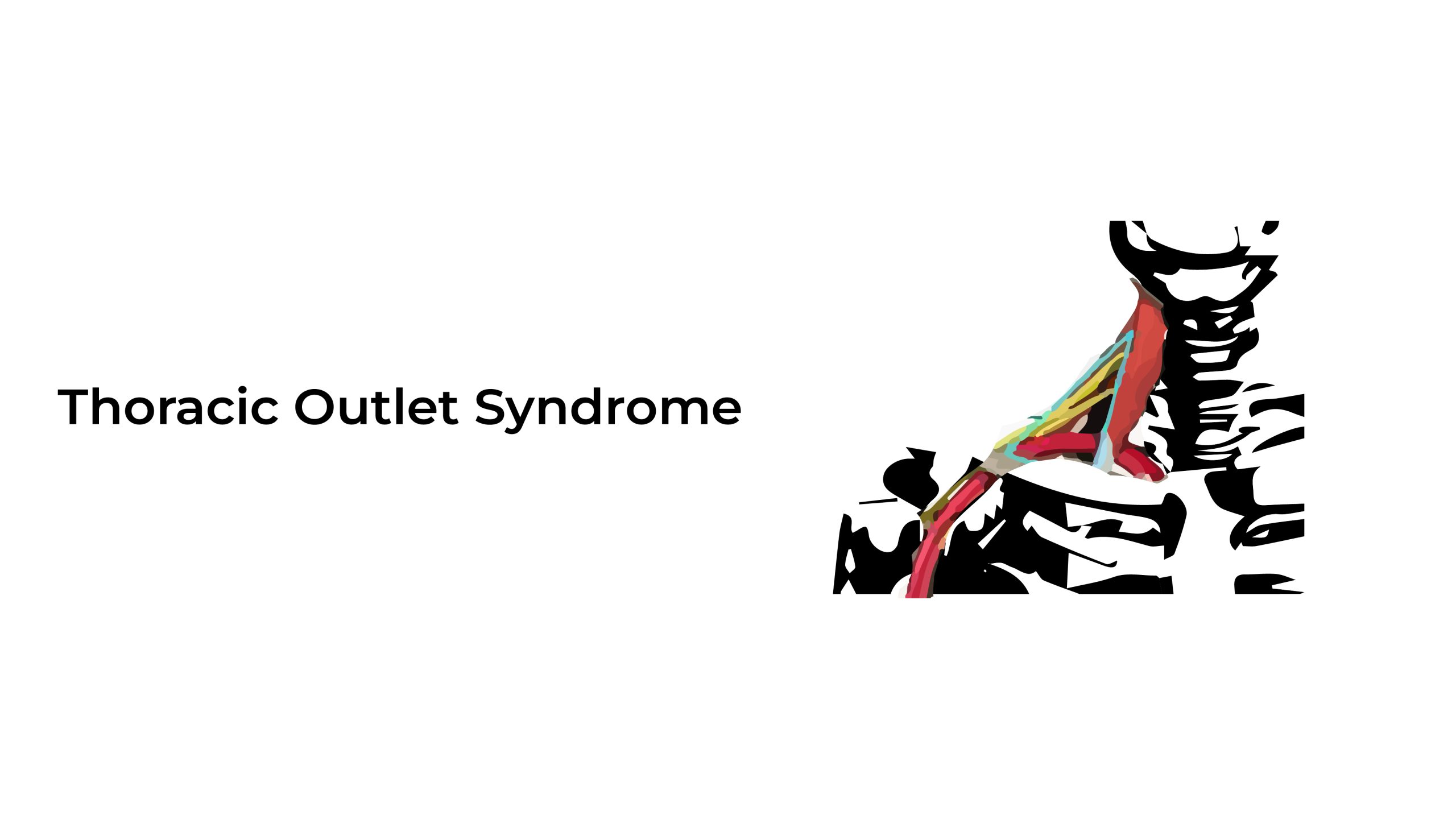Thoracic outlet syndrome (TOS) gets its name from the location of its origination. The ‘thoracic outlet’ is the space between one’s lower neck, specifically the cervical rib and upper chest (collarbone). This syndrome occurs when the arteries, veins, and nerves in this area get irritated, compressed, or injured to the point of one experiencing numbness of fingers, pain in the neck and shoulder, or a variety of other such disorders, all-encompassed.
Types of Thoracic Outlet Syndrome
- Neurogenic: It is triggered by the brachial plexus being under pressure that originates the syndrome, a network of nerves connecting the neck or spinal cord towards the shoulder and the arm. This syndrome affects the arm and hand’s muscle control, motor functionality, or sensory ability.
- Venous: As the name suggests, this type of thoracic outlet syndrome is derived from its cause, the prominent veins, such as the clavicle in the thoracic space being compressed. It can develop instantaneously after a sudden and excessive exertion of arm muscles. It can have dangerous effects such as blood clots and, in worse cases, even upper body thrombosis.
- Arterial: The rarest but most sinister, leading to an aneurysm. Rather than developing, it is congenital, such that a child is born with abnormalities in the surrounding area of the thoracic outlet.
Causes Thoracic Outlet Syndrome
Any process or incident that puts pressure on the nerves and blood vessels in the thoracic outlet will become the source of the syndrome. These causes can be categorized as follows;
- Physical Trauma: Any external impact around the lower neck or upper chest areas, such as a car accident, a collision, or injury during a physically demanding activity like a job or sport.
- Anatomical Defects: Some may be born with unusual bodies, at times, genetically. Their organs may differ from regular ones; these abnormalities include having an extra rib, abnormal muscle formation, or too tight a fibrous band.
- Poor Posture: Unhealthy habits like improper posture and the drooping of shoulders or head can also lead to eventual compression in the thoracic outlet area.
- Other causes can include pregnancy and abnormalities of soft and bony tissue. Sometimes it can even be difficult for doctors to detect the actual cause of the syndrome.
Symptoms of Thoracic Outlet Syndrome
It can be detected if the patient shows any of the following signs;
- Tingling, uncomfortable or numb sensation in the fingers
- Pain and swelling in the area connected to the thoracic outlet, like the neck, shoulder, arm, or hand
- Weakening grip
- The color of the hand turns bluish
- Atrophy
- Bulging veins around the affected area
- Artery in the hand or arm being blocked
- Blood clot in veins near the thoracic outlet
Diagnosis:
Vascular and Chest surgeons or physicians diagnose this condition using extensive information from the following tools and tests;
- Medical history
- Physical exam
- Blood tests
- Chest X-ray
- Cervical spine X-rays
- CT scan
- MRI
- MRA
- Arteriogram
Treatment Thoracic Outlet Syndrome
The treatments for TOS are usually lighter, especially when detected timely, and can differ depending on the syndrome type. These include;
- Physical therapy
- Botulinum toxin injections
- Pain relief measures like medication: aspirin, Tylenol, Motrin, muscle relaxants
- Blood thinners to remove clotting (venous TOS)
Special cases may involve more risk, and the doctor might recommend surgery and procedures such as Post-rib resection Venogram.
Risk:
TOS is comparatively more common among women and adults aged between 20 and 50.
Complications:
If not attended immediately, the TOS can cause the following complications;
- Ischemic ulcer of the fingers
- Blood clots
- Permanent nerve damage or the swelling of the arm
- Pulmonary embolism
- Gangrene
Prevention:
After detecting symptoms of a mild TOS, the following preventative measures can be taken;
- Work on improving stance and posture
- Avoid exerting the arm
- Never lift heavy objects
- Lose weight
- Stretch daily
References
- https://www.mayoclinic.org/diseases-conditions/thoracic-outlet-syndrome/symptoms-causes/syc-20353988
- https://my.clevelandclinic.org/health/diseases/17553-thoracic-outlet-syndrome-tos
- https://www.hopkinsmedicine.org/health/conditions-and-diseases/thoracic-outlet-syndrome
- https://www.mayoclinic.org/diseases-conditions/thoracic-outlet-syndrome/diagnosis-treatment/drc-20353994

